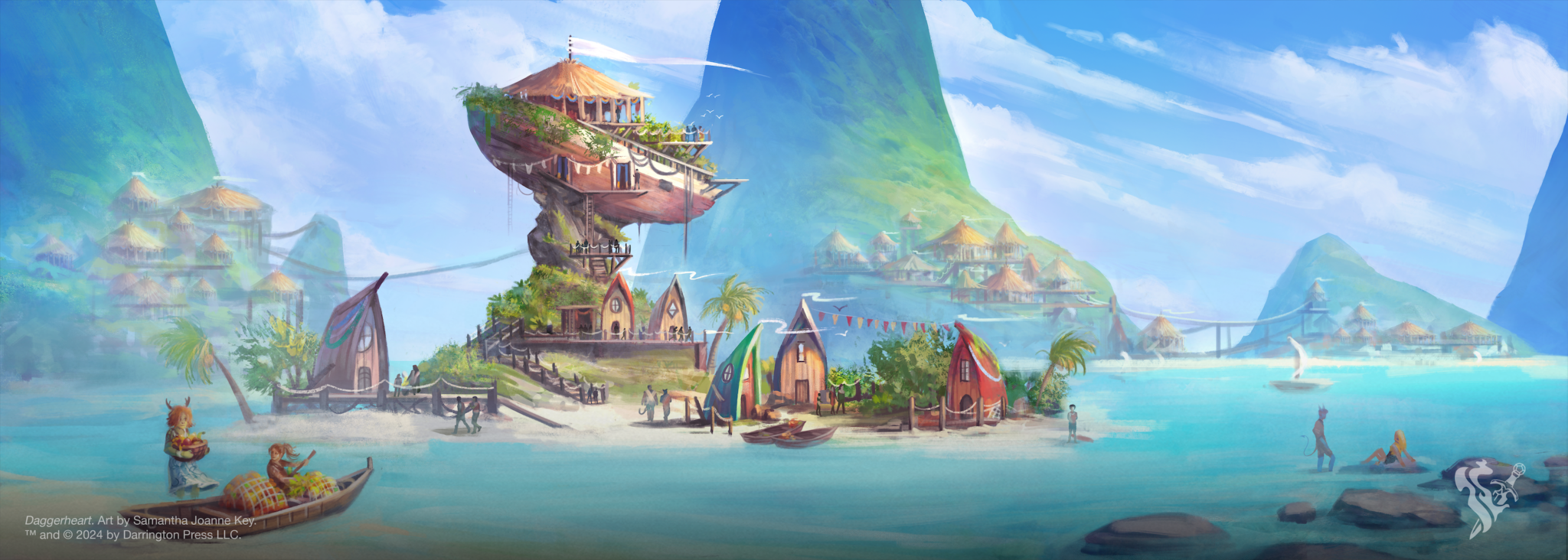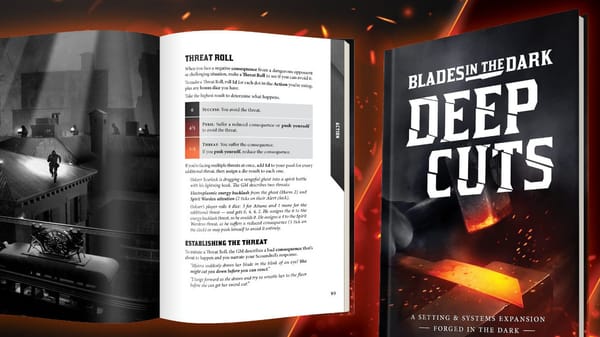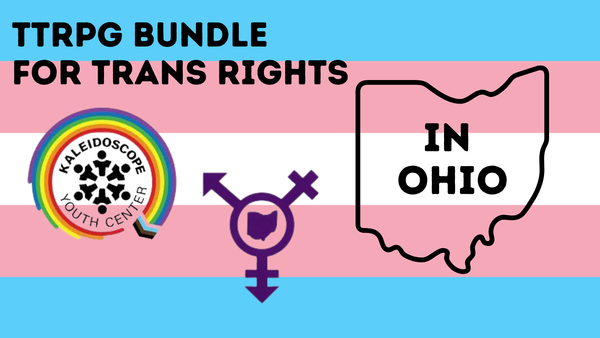Daggerheart’s first go at chargen doesn’t fully integrate its inspirations
The Rascal team works through the playtest packet and learns that a family can be two monkeys, a walking fungus, and a showpony automaton.

Currently in active development, Daggerheart, by Spenser Starke, is built to slay a dragon. (You know the one.) Darrington Press, the publisher, is a part of Critical Role’s venture into game design, and it holds that origin story close. Undeniably written with D&D players in mind, Daggerheart’s first available attempts at character generation attempt to combine story-driven narrative games with an OSR-style resolution system, but the result doesn’t quite gel… yet.
Three rascals walk into a tavern (online recording studio) and attempt to both dissect the chargen and discern the inspirations behind Starke’s work. The resulting two and a half hours gave the rascals a Simiah (monkey-man) named Olivian, a Fungril (fungus-person) named Millar, and a Clank (automaton) named Clank.
We are all very aware that this is a playtest document and will be changed. This doesn’t relegate it to a realm outside of public critique, and watching artists and writers work through problems is one of the great joys of being a critic. We are excited to share our thoughts on the first publicly available iterations of a new game, and look forward to more.
The real innovation in Daggerheart is the resolution system, which involves 2D12s; a Hope die and a Fear die. We didn’t get much into how this works in gameplay, but there was a brief explainer on the playtest documents that explained both how the difficulty worked and the “Hope” stat economy built into the game–a kind of inspiration pool used at a player’s discretion to reroll dice.

First, a rundown of how Daggerheart chargen works. It is ultimately a stats-based game where narrative decisions—Class, Subclass, Community, and Ancestry—affect your stats. Stats are called “traits” and they are very similar to D&D (Finesse, Strength, etc.). Classes are likewise very similar to D&D, and include choices like Bard, Sorcerer, Ranger, Druid, and Rogue, among others. Classes have a recommended trait array on the character sheet, keeping everything straightforward and easy to manage. Ancestries also have a lot of similarities to D&D, but expand to include more humanoid animals and fantasy creatures such as the Ribbet (frog people) and Faerie.
A lot of the inventory (including weapons and armor) are given as suggestions based on the Class chosen. You also go through and answer background questions and bonds with other characters, brining everyone together. Last, you give your character “experience tags” that act as narrative-driven stat bonuses during play. It’s an odd mix of playbook style and stats-based chargen, and the result is… a little messy. Let's get into it.
Lin Codega
The biggest problem I had can be summarized by the fact that my chosen class included some preconceived assumptions attached to them that I simply wasn’t prepared for and I didn’t want for my character. So, how did that happen?







